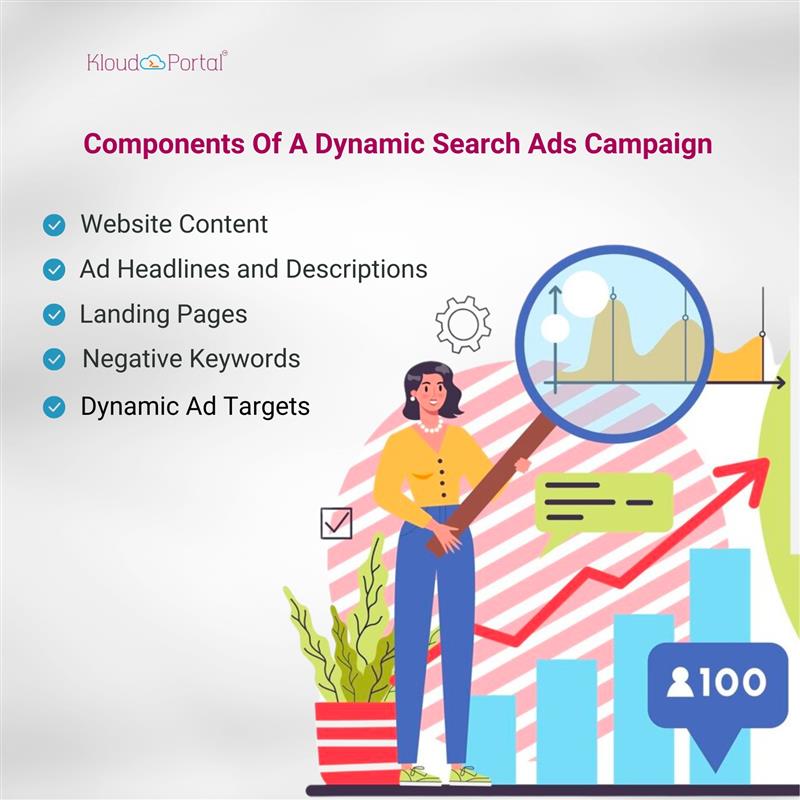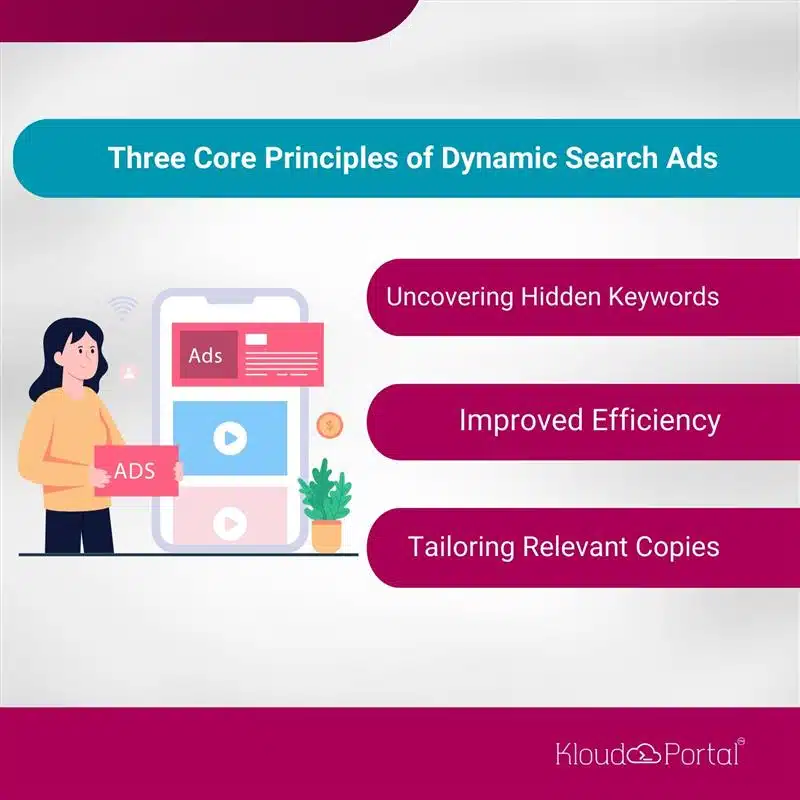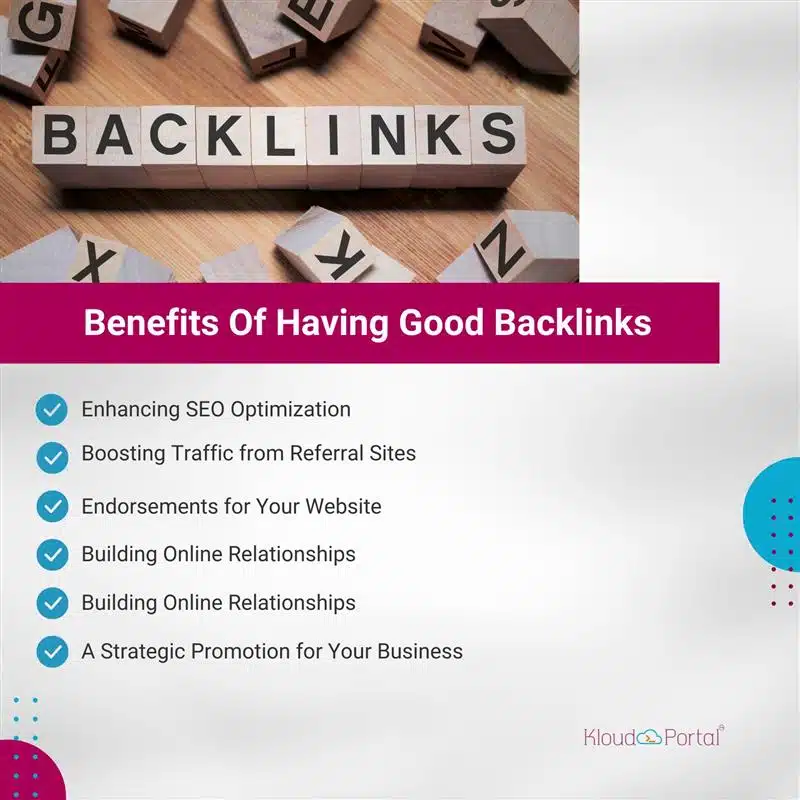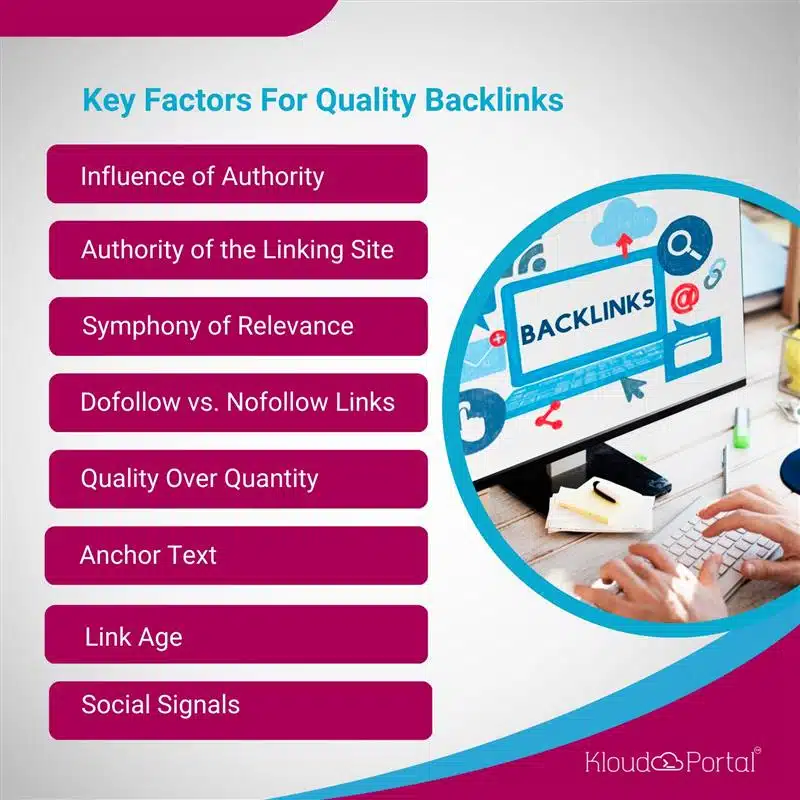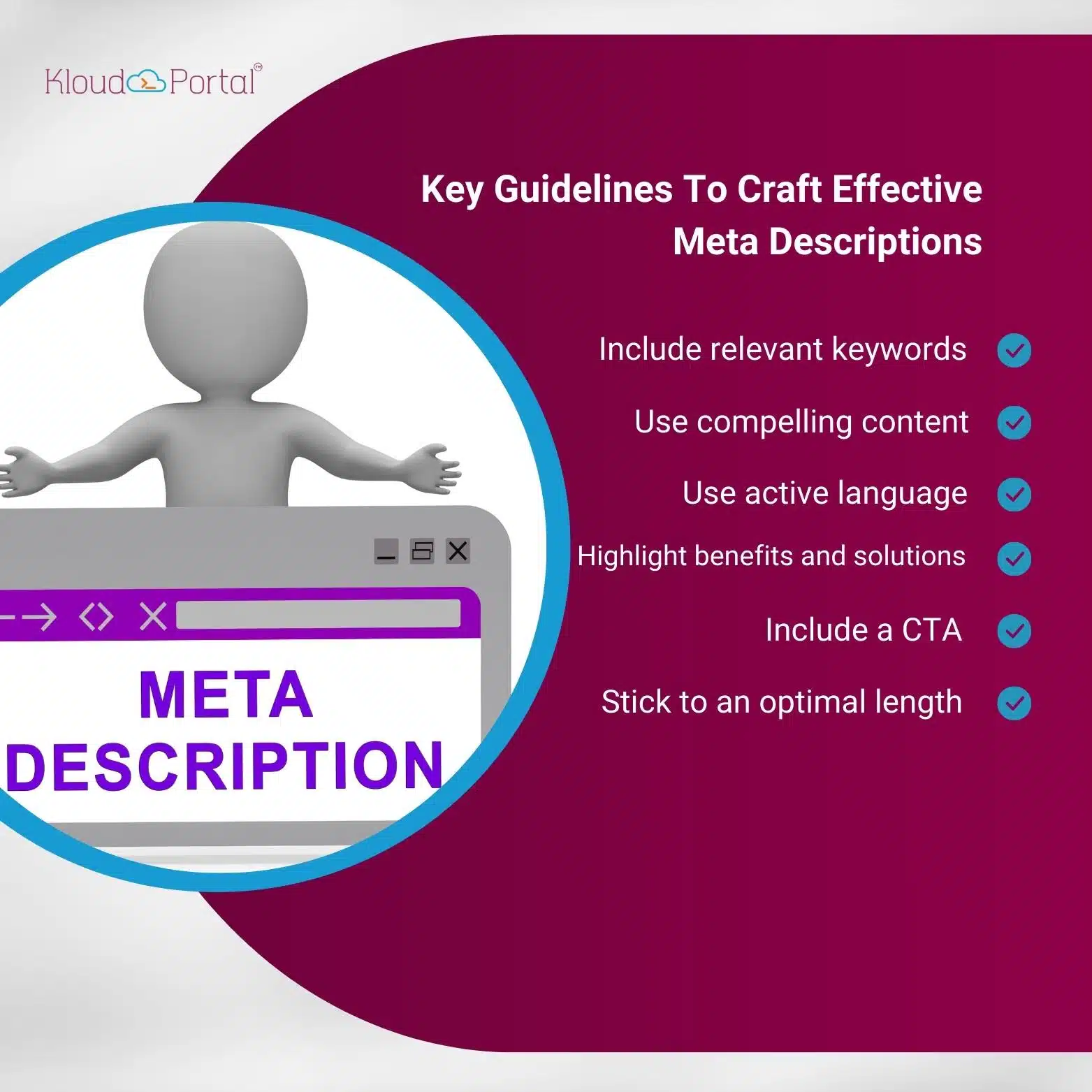
Voice Search Optimization: How To Prepare Your SEO For The Future
What We Cover In This Blog?
Voice Search Optimization
Voice Search Optimization involves enhancing and refining the content on your pages to show up in voice searches. The goal is to tailor your page so it can provide answers when people ask questions verbally. This optimization process increases the likelihood of your page being read by voice assistants like Alexa, Siri, or Google Assistant (OK Google) when users seek keyword research related to your content. In short, Voice Search Optimization ensures that your page appears in search results whenever someone asks a question using voice commands that align with what your page offers. It’s about making your content voice-friendly and accessible to users exploring the search results.Why Voice Search Optimization?
Voice search isn’t just a trend; it is more impactful than text-based queries. Over a billion voice searches happen every month! Whether it’s asking Siri where to grab the best pizza or telling Alexa to play your favorite song, voice searches have become a go-to for quick info. Here are the seven reasons why voice search optimization is important for your business:- Imagine your potential customers asking their devices about products or services like yours. If you’re not optimized for voice search, you might not even be in the race.
- Have you noticed more homes welcoming Google Home or Amazon Echo? These smart devices are like personal assistants, and people love asking them questions. If your business isn’t in that conversation, you’re missing out.
- Look at the stats – the number of people using digital voice assistants is skyrocketing. It’s not slowing down; it’s speeding up. If you want to stay ahead, voice search technology is the highway.
- Sure, people use voice assistants for setting alarms, but they’re also turning to them for information. Picture someone asking, “Hey, Google, find me the best running shoes.” If your business sells them, you want to be the answer.
- Voice search isn’t just about smart speakers. People are using it on their phones, too. When they’re on the go, they speak their queries. If your website isn’t voice-friendly, you risk losing them to competitors who are.
- Imagine you run a local bakery optimizing for voice search with location-specific keywords. When the user queries, “Where can I get fresh pastries?”—bam! Your shop gets recommended. That’s the impact voice search optimization can have on real businesses, big or small.
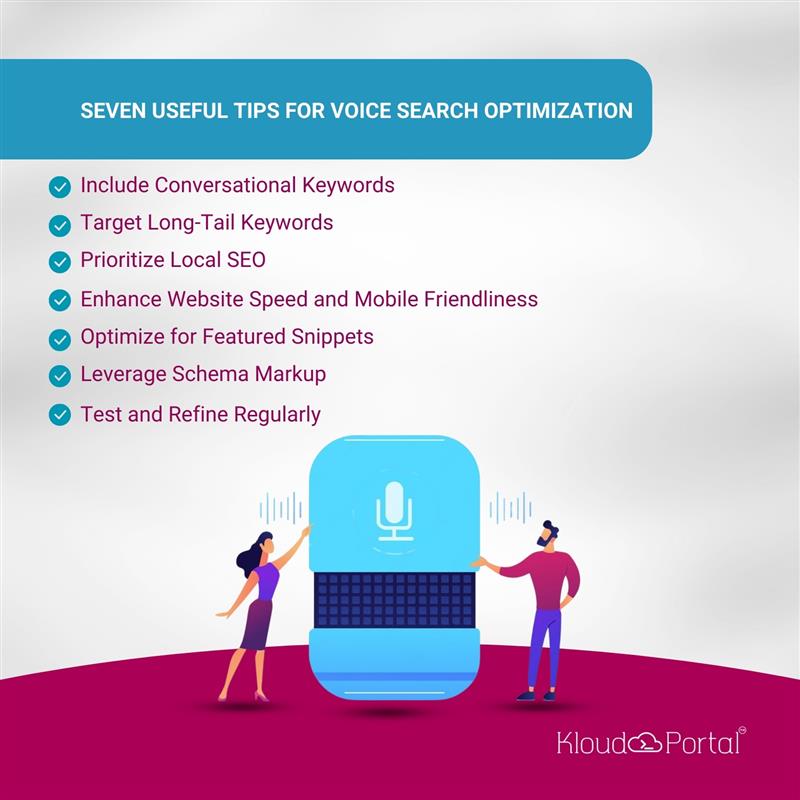
Seven Useful Tips For Voice Search Optimization
Implementing the SEO strategy requires more than just visibility—it demands adaptation. Voice Search Optimization, a strategic approach to align your content with the way people speak naturally, holds the key to not just being found but being chosen. Here are seven detailed steps to refine your strategy and thrive in the era of voice-powered searches. 1. Include Conversational Keywords:- Without Optimization: Traditional SEO might prioritize short, keyword-focused phrases like “best running shoes.”
- With Optimization: In voice search, the nature is conversational queries. Optimize for longer, more natural questions such as “What are the best running shoes for long-distance running?” These ensure a conversational language with users who verbally seek information.
- Without Optimization: Using concise keywords like “recipe ideas.”
- With Optimization: Voice search users often express detailed queries. Optimize for long tail keywords with specific questions like “What are some quick and healthy dinner recipe ideas for busy weekdays?” It helps your content align with the detailed nature of voice search algorithms & search trends.
- Without Optimization: Employing generic terms like “coffee shop.”
- With Optimization: Recognize the local voice searches by optimizing for long tail keywords like “best coffee shop near me” or “where can I find a cozy coffee shop in Texas?” It ensures your business is recommended for location-specific queries.
- Without Optimization: Voice-activated devices neglect mobile users with a slow-loading website.
- With Optimization: The virtual assistants recognize the mobile-friendly nature of voice search keywords. Ensure your website loads swiftly on mobile devices, providing a better experience for users on the go. This mobile optimization caters to SEO strategies for voice search rankings.
- Without Optimization: Presenting regular content without a clear structure.
- With Optimization: Featured snippets with proper structure have high visibility in voice search results. Optimize by using headers, bullet points, and concise answers with local keywords to common questions. For instance, for a blog on healthy recipes, create content with sections like “Quick Breakfast Ideas” or “Easy Weeknight Dinners,” increasing the likelihood of being featured in the search bar results.
- Without Optimization, Search engines struggle to interpret the context of your content.
- With Optimization: Implement schema markup to provide context. For example, for a recipe page, include details like cooking time, ingredients, and nutrition facts. This structured data helps search engines learn and understand your content, enhancing the chances of being recommended in voice searches.
- Without Optimization: Adhering to a static strategy without adapting to changing trends.
- With Optimization: Regularly analyze performance metrics, adapt to evolving trends, and refine your strategy based on emerging voice search patterns. For instance, monitor the shift in popular voice queries related to your industry and adjust your content to align with user behavior.
Let’s Optimize Your Brand’s Voice
Optimize your content with targeted Search Engine Optimization strategies to retain your audience. Ready to elevate your digital presence? Connect with the Digital Marketing experts, and learn how we help ensure your brand’s resonance in the dynamic world of voice queries. Contact us now!
Almaas saleem
About The Author…
Almaas Saleem – A software Engineer by profession, worked as an Automation Test Engineer and cleared the international level testing exam (ISTQB). Almaas has a sharp eye on everything about the web, technology and innovation and also is Engaged in Technical writing for new businesses managing various entities. Her Area of Expertise includes Web development and design, Automated test software(s), ethical hacking, cybersecurity, cryptography, and digital marketing. Being committed and efficient towards her work is what makes Almaas stand out from the crowd.



